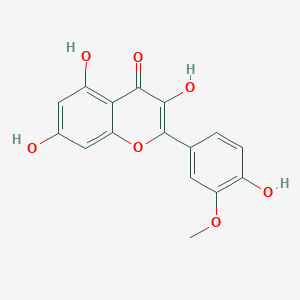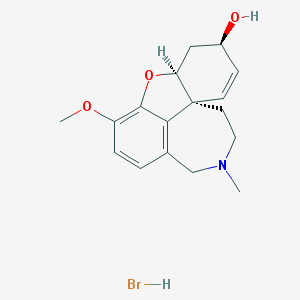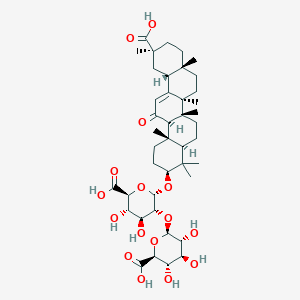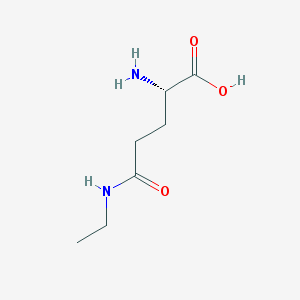Description
Isorhamnetin is a flavonol found in Tagetes that exhibits anti-obesity, anti-inflammatory, antioxidative, anticancer chemotherapeutic, and chemopreventive activities.
Isorhamnetin is a flavonoid compound found in various plants and herbs. It’s a derivative of quercetin, another well-known flavonoid, and shares many of its beneficial properties. The main benefits and applications of isorhamnetin include:
- Antioxidant Properties: Like many flavonoids, isorhamnetin acts as a powerful antioxidant. It helps neutralize free radicals in the body, which can reduce oxidative stress and may lower the risk of chronic diseases like heart disease and cancer.
- Anti-inflammatory Effects: Isorhamnetin has been shown to exhibit anti-inflammatory activities, making it potentially useful in managing conditions characterized by inflammation, such as arthritis or asthma.
- Cardiovascular Health: Some studies suggest that isorhamnetin can benefit heart health by improving blood lipid profiles and reducing the risk of atherosclerosis (hardening of the arteries).
- Cancer Prevention and Treatment: There is ongoing research into isorhamnetin’s potential role in cancer prevention and therapy. Its antioxidant and anti-inflammatory effects, along with its ability to inhibit the growth of cancer cells, make it a compound of interest in oncology.
- Diabetes Management: Isorhamnetin may help regulate blood sugar levels and improve insulin sensitivity, making it a potential adjunct treatment for diabetes.
- Neuroprotective Effects: There is evidence that isorhamnetin might protect against neurodegenerative diseases like Alzheimer’s disease due to its ability to inhibit inflammation and oxidative stress in brain cells.
- Applications in Skin Care: Due to its antioxidant properties, isorhamnetin is also used in some skincare products. It may help protect the skin from environmental stressors and improve skin health.
- Potential Antiviral and Antibacterial Properties: Preliminary studies have shown that isorhamnetin might have antiviral and antibacterial properties, although more research is needed in this area.





